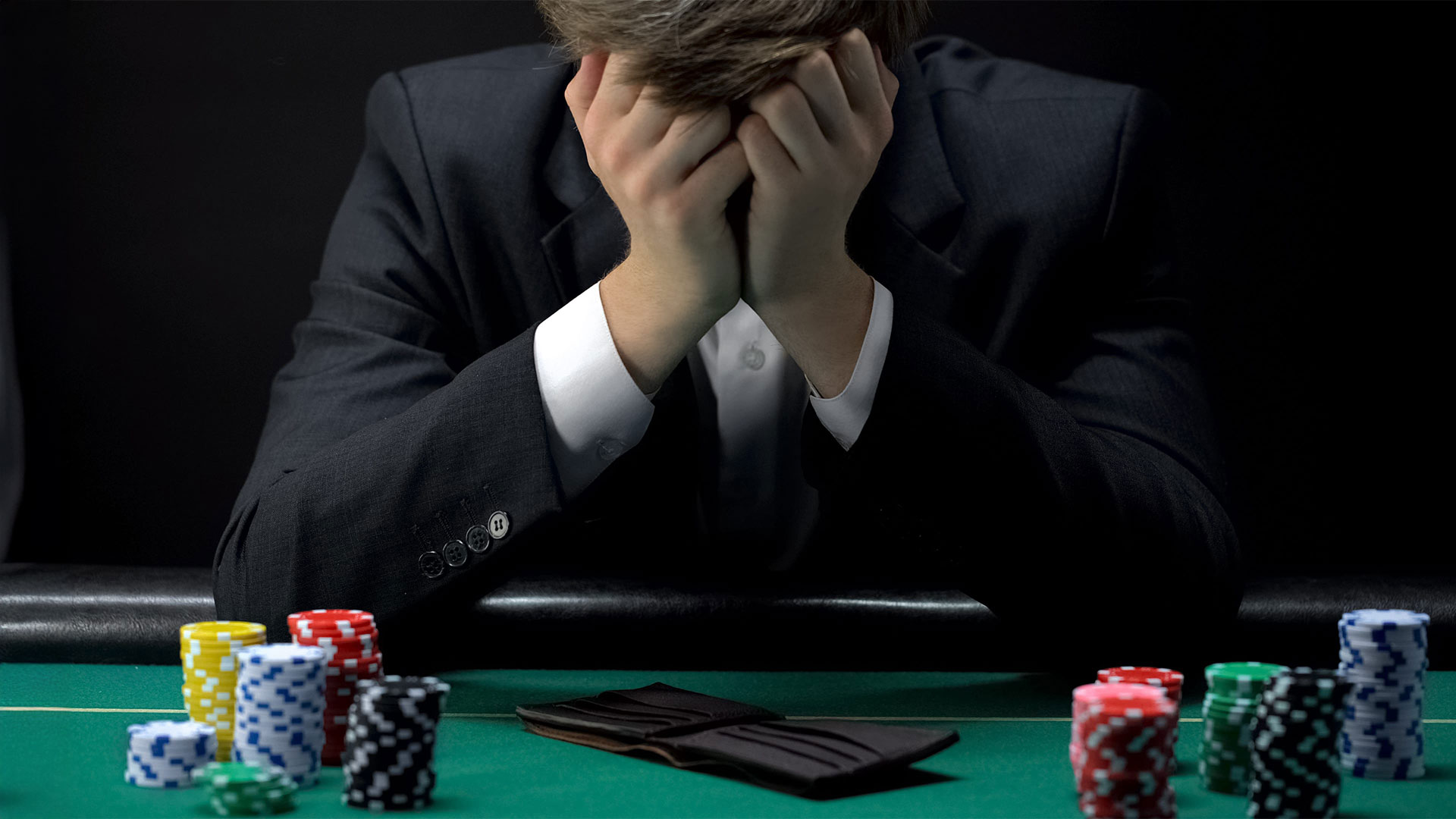
Lonely Planet: Social isolation is on the rise and can be as dangerous to your health as smoking
A quarter of the world’s population may suffer from social isolation and loneliness, according to the World Health Organization (WHO). Alarmingly, this epidemic of solitude now appears to be affecting the younger generation at a higher rate than the elderly. Whatever age it strikes, its prevalence has dire implications for wellbeing, both physically and mentally.
WHO points to the potential for early mortality increasing by 14 to 32 percent among those who are lonely and socially isolated, and likens the health risk to that posed by smoking, excessive drinking or physical inactivity. Increased instances of stroke and cardiovascular disease, as well as depression and the onset of dementia have been noted.
The organisation created a Commission on Social Connection in 2023 to raise awareness of loneliness and social isolation as a global public-health priority. Its experts believe the pandemic was instrumental in highlighting the importance of relationships and that these social connections are the foundation of well-functioning families, communities, societies and economies. Their aim is to ascertain the nature of the problem through global evidence on interventions to reduce isolation and loneliness, and make the case for taking action, succouring support and implementing proven solutions.
Dementia danger
The risk of cognitive decline puts this perilous issue into perspective. While noting the subtle difference between the two conditions, the Alzheimer’s Society in the UK highlights how both loneliness and social isolation can elevate the chance of getting dementia. Loneliness is how a person perceives their circumstances. It is possible, for instance, to be in a crowded room and feel lonely. Social isolation, on the other hand, refers to whether a person lives alone and how often they see their friends and are involved in social and community activities. This isolation itself could be a direct cause of dementia, though physical inactivity and depression may also play a part.

A nine-year study of participants aged 65 or older, which was described in the Journal of the American Geriatrics Society in 2023, found the risk of developing dementia to be 27 percent higher among socially isolated older adults compared with those who were not socially isolated. One of the study’s researchers, Alison Huang of the US National Institute of Aging, noted that older people may live alone, have smaller social networks, and limited participation in social activities. She suggested that having fewer opportunities to socialise may decrease cognitive engagement and could contribute to the increased risk of dementia.
Communication disconnect
Interestingly, a study published a month earlier in the same journal indicated that older people (aged 65 and above) who used modern technology to communicate had a reduced risk of social isolation. The use of mobile phones and computers for texting and emails was found to lower the risk of social isolation by 31 percent. Researcher Mfon Umoh of the Johns Hopkins University School of Medicine commented that basic communication tools can protect older adults against social isolation and its significant health risks, and felt encouraged by the fact that simple interventions to combat social isolation may be meaningful.
Modern communication technology could be a double-edged sword, though. Some commentators blame the proliferation of smartphones and excessive use of social media for the marked rise in loneliness among people in their 20s in Europe, the US and probably elsewhere. As WHO points out, it is not just older people who are affected by social isolation – anyone, anywhere, can be lonely or socially isolated, and suffer all its serious impacts.
Financial Times columnist John Burn-Murdoch has linked the declining mental health among young people in many parts of the world to time spent alone and its associated lower life satisfaction and levels of happiness. In his eyes, the chief culprit is the pervasive use of modern technology, and he believes young adults have a sense of powerlessness: they are aware of the problem but cannot stop idling their time away. American journalist Derek Thompson of The Atlantic has coined the phrase “the anti-social century” to describe this situation.
Social saviours
The flip side to all this gloom is that there are considerable health benefits to having a vibrant social life. According to a New Scientist report, studies have shown that being part of a non-digital social network could reduce your risk of premature death by 30 percent. For those living alone, such connections can help soothe life’s stresses through emotional support and practical means. Even such mundane activities as giving a friend a lift to see the doctor or helping with childcare may prove to be a lifeline.
There is also an evolutionary throwback as to why being socially connected is so important. Our prehistoric ancestors needed to stay in groups to reduce their chances of being attacked by predators. The bodies of those who were alone may have adapted by producing inflammatory chemicals that reduce the chance of infection from injury. In the past, this may have had the beneficial effect of increasing short-term survival rates, but nowadays the presence of such chemicals in the bloodstream is more deleterious – they could increase the chance of a stroke or heart attack.
Relationship inhibitors
Given the importance of social connections for health and wellbeing, it is baffling why some people don’t put more effort into building stronger, more meaningful relationships. Researchers are now throwing light on this conundrum. In his book The Laws of Connections: 13 Social Strategies That Will Change Your Life, David Robson outlines the psychological biases that can sabotage our social lives. He points to research by Erica Boothby and Gus Cooney that suggests people can be too preoccupied with thinking they have made a bad impression and are overly pessimistic about their ability to connect with new people. Boothby and Cooney have dubbed this social-interaction inhibitor – whereby people underestimate how much another person liked them – as the “liking gap”.

Other psychological barriers to social connection are also being discovered. Ultimately, says Robson in the New Scientist, many people are afraid to converse with others, not realising others would welcome the chance of doing so.
Fostering friendship
Research carried out by Maya Rossignac-Milon at the University of Navarra in Spain highlights the importance of developing a “shared reality” in fostering strong social relationships and new friendships. This is where trust is built up through seeing the world in the same way as the other person. This sense of shared reality becomes relevant when considering close friends, romantic partners or passing acquaintances, and it can be smoothed by sharing intimate thoughts or even worries at work.
Another good technique for building friendships is to show gratitude and appreciation of others. Many people hold back from doing so.
Power of solitude
Another side to the coin is that not all time spent alone can be considered a bad thing. Being alone can have its upside, aiding the likes of emotional relaxation and creativity. In their book Solitude: The Science and Power of Being Alone, Heather Hansen, Netta Weinstein and Thuy-vy Nyguyen explain how beneficial moments of solitude can be, and how vital they are for health and wellbeing. Indeed, they postulate that alone time may be essential for a balanced, happy life.
In a study involving thousands of participants in the UK, the researchers found that having a psychological distance from people, though not necessarily a physical one, can help free you of others’ expectations and be very relaxing. In addition, a “non-fearful” preference for solitude – that is, time spent willingly in social isolation, balanced with moments of interaction – is key to fostering creative thinking.







